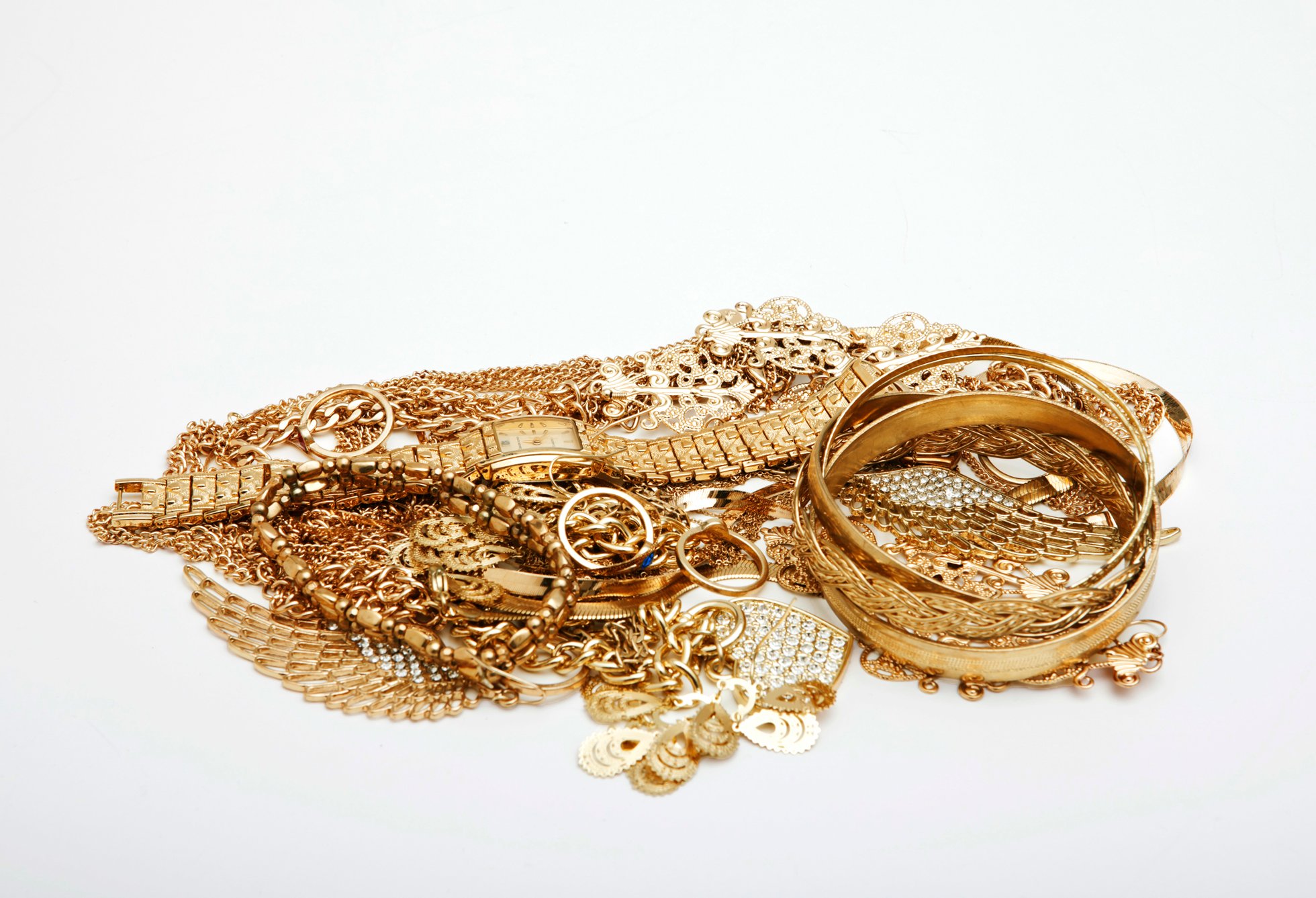Unveiling the Mysteries Behind the Assessment Process Employed by Gold Buyers
Wiki Article
The valuation process used from precious metal buyers is an crucial topic for anyone interested on disposing of gold. Understanding how gold gets valued can help vendors formulate informed choices as well as guarantee they receive a equitable valuation. Precious metal buyers typically use various essential elements for ascertain the worth for precious metal pieces, including purity, weight, plus current market prices. Each of elements plays a significant role in the overall valuation procedure.
One of the first stages of this appraisal process is assessing the fineness in the gold. Precious metal fineness can be assessed by karat weight, with 24 karats being pure precious metal. A majority of gold jewelry tends to be not pure while it may can consist of 10, 14, or 18 karats. The higher the karat number, the more gold content that item contains. Precious metal purchasers commonly employ various assessment technique, like acid testing or digital assessments, to ascertain its fineness in a precious metal. Such stage remains crucial as this immediately influences the piece's worth. For instance, instance, one twenty-four karat precious metal piece shall be worth greater compared to one fourteen karat piece, even if they weigh the weight.
Another mass of a precious metal item is another critical element of the appraisal procedure. Precious metal is typically measured in grams or troy ounces. Purchasers shall measure a precious metal to calculate its value based to the purity. The mass gets combined by the precious metal's fineness ratio to find an quantity in pure precious metal in the item. For, if a fourteen karat gold ring weighs ten grams, the item contains about 5.83 grams of pure gold in 100% precious metal. This computation assists buyers determine the amount of buyers will be prepared for offer for the piece.
Present trading prices also have a significant role during this valuation for gold. The price of gold fluctuates based on supply plus demand, economic conditions, as well as international events. Gold buyers keep a careful watch over these trading fluctuations for ensure they offer competitive prices. Buyers commonly look to the spot valuation of gold, that represents a current market valuation of immediate delivery. This valuation may change daily, therefore purchasers must remain informed to offer correct assessments. Sellers must also be cognizant about these trading fluctuations, because these can impact a price they receive for their precious metal.
Lastly, the state plus craftsmanship in a precious metal piece may influence its worth. Unique designs, designer names, and cultural importance can each contribute toward an worth for the piece. For, one well-crafted precious metal chain from a well-known renowned designer can command a higher price compared to one comparable item without a designer label. Buyers will consider such elements while making a offer. Sellers should spend some effort to polish plus present the gold items properly, because this may positively affect a buyer's view plus the ultimate valuation.

To conclusion, this valuation process employed by gold purchasers involves several key factors, such as fineness, weight, present trading valuations, plus the condition of the item. Understanding these elements may assist vendors manage this disposal process more effectively. By being informed about how gold is valued, sellers can ensure sellers obtain an equitable valuation for their gold pieces. Regardless of whether disposing of jewelry, coins, or additional precious metal items, gold buyer comparison awareness about the valuation process is crucial to formulating smart financial choices.